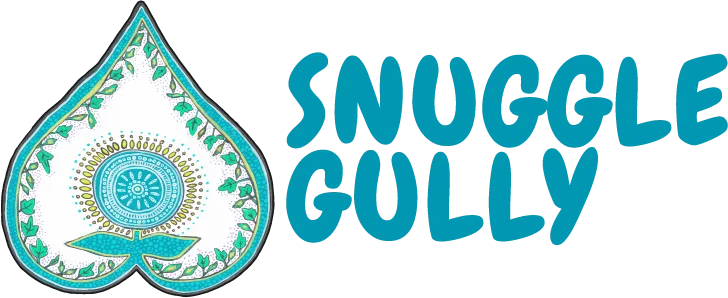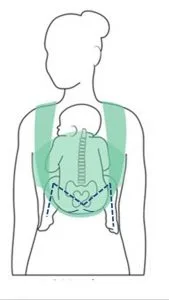Blog
Are Baby Carriers Good with Hip Dysplasia? 2 Things to Look for Hip Healthy Babywearing!
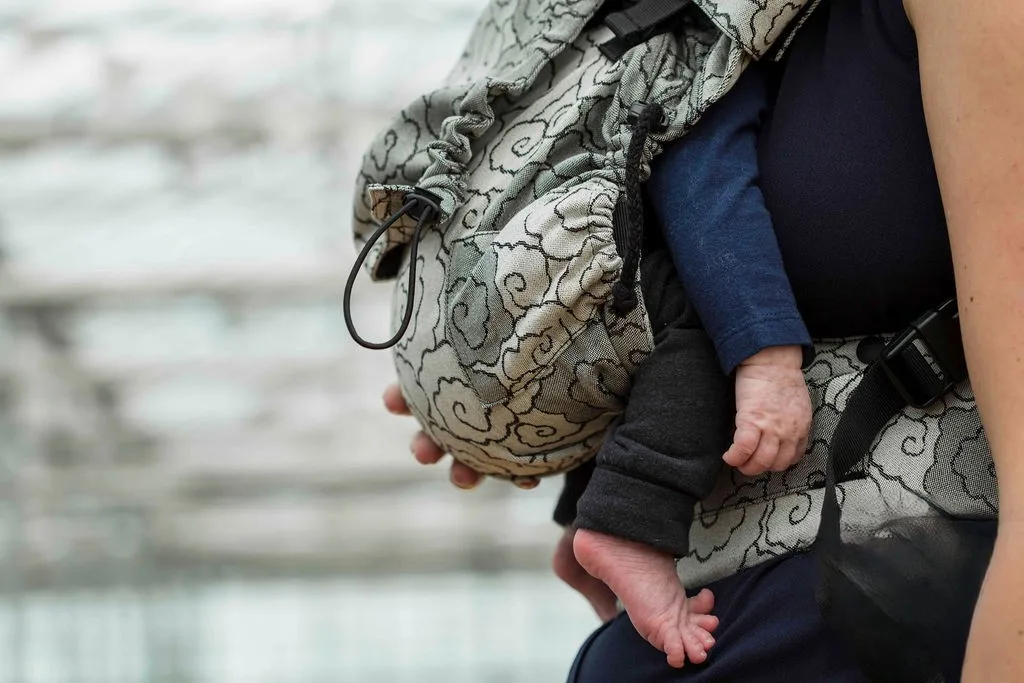
Babywearing is really helpful to keep your little one close while freeing up your hands—but did you know that how your baby is positioned in a carrier can impact their hip development? Especially in the early months, a baby’s hips are still forming, and certain positions can either support or strain their healthy growth. This is where hip dysplasia comes in—a condition where the hip joint doesn’t form properly. The good news? With the right baby carrier and a proper leg position (hello, M-shape!), babywearing can actually support healthy hips and even reduce risk in some cases.
What is Hip Dysplasia?
- Hip Dysplasia is when a baby’s hip joint doesn’t develop properly: the top of the thigh bone (the femur) isn’t held firmly in its socket.
- It can range from slightly loose to completely dislocated.
- Often, babies don’t show pain early on, but untreated hip dysplasia can lead to walking problems or early hip arthritis.
Why It Happens
- Hormones during pregnancy can loosen ligaments, including in the baby, making the hip less stable.
- Breech positioning (feet-first birth), being a first-born, or being female also raise the odds.
Signs to Watch For
- One leg turning outward or shorter
- Uneven thigh creases or stiffness
What Parents Should Do
- Keep hip-check appointments in the first year.
- Ask your doctor if you notice leg asymmetry, stiffness, or changes in walking.
- Follow care instructions closely if a brace or cast is used—especially for skin checks and hygiene.
Can Babywearing Cause Hip Dysplasia? Can You Use Baby Carriers Safely?
1. M Shape
Baby carriers can be good for your baby’s hip development if a healthy hip placement is used. It’s best if the thighs are spread around your torso, with hips bent and knees slightly higher than the buttocks. This is called “M Shape” in Babywearing World.
2. Why Narrow-Based Carriers Aren’t Ideal for Hip Development
Narrow-based carriers—the ones where your baby’s legs dangle straight down without thigh support—may look compact, but they aren’t the best choice for healthy hip development. In these carriers, a baby’s weight is concentrated on their pelvis and spine, and their hips are often pulled into a straight, unnatural position. This can put unnecessary pressure on the hip joints, especially in young babies whose hips are still forming. Over time, this position may increase the risk of developmental dysplasia of the hip (DDH). For better support and peace of mind, it’s safer to choose a wide-based, ergonomic carrier that supports the thighs and encourages the natural “M-position.”
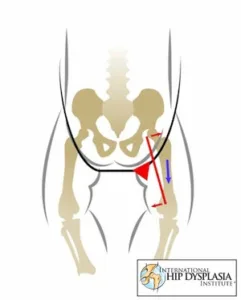
Neko Slings: Designed with Hip Health in Mind
At Snuggle Gully, we love Neko Slings not just for their softness and style, but because they’re thoughtfully designed to support your baby’s healthy development. All Neko carriers are certified “hip-healthy” by the International Hip Dysplasia Institute, meaning they allow your baby’s legs to rest in the natural M-position—with knees higher than the bottom and thighs fully supported. Whether you’re using a Neko ring sling, full buckle carrier, or meh dai, you can feel confident that your little one is being carried in a way that promotes proper hip alignment and comfort for both of you. It’s babywearing made safer, simpler, and snugglier.
Need help choosing a hip-healthy carrier?
At Snuggle Gully, we offer softly supportive wraps and carriers that allow natural hip positioning. Send us and email or come in to try hip healthy baby carriers — because healthy hips and happy babies go hand in hand!
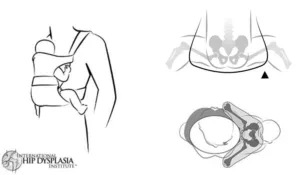
References:
Royal Children’s Hospital Melbourne Kids Health Info – Kids Health Info : Developmental dysplasia of the hip (DDH)
International Hip Dysplasia Institute – Baby Carriers & Other Equipment – International Hip Dysplasia Institute
